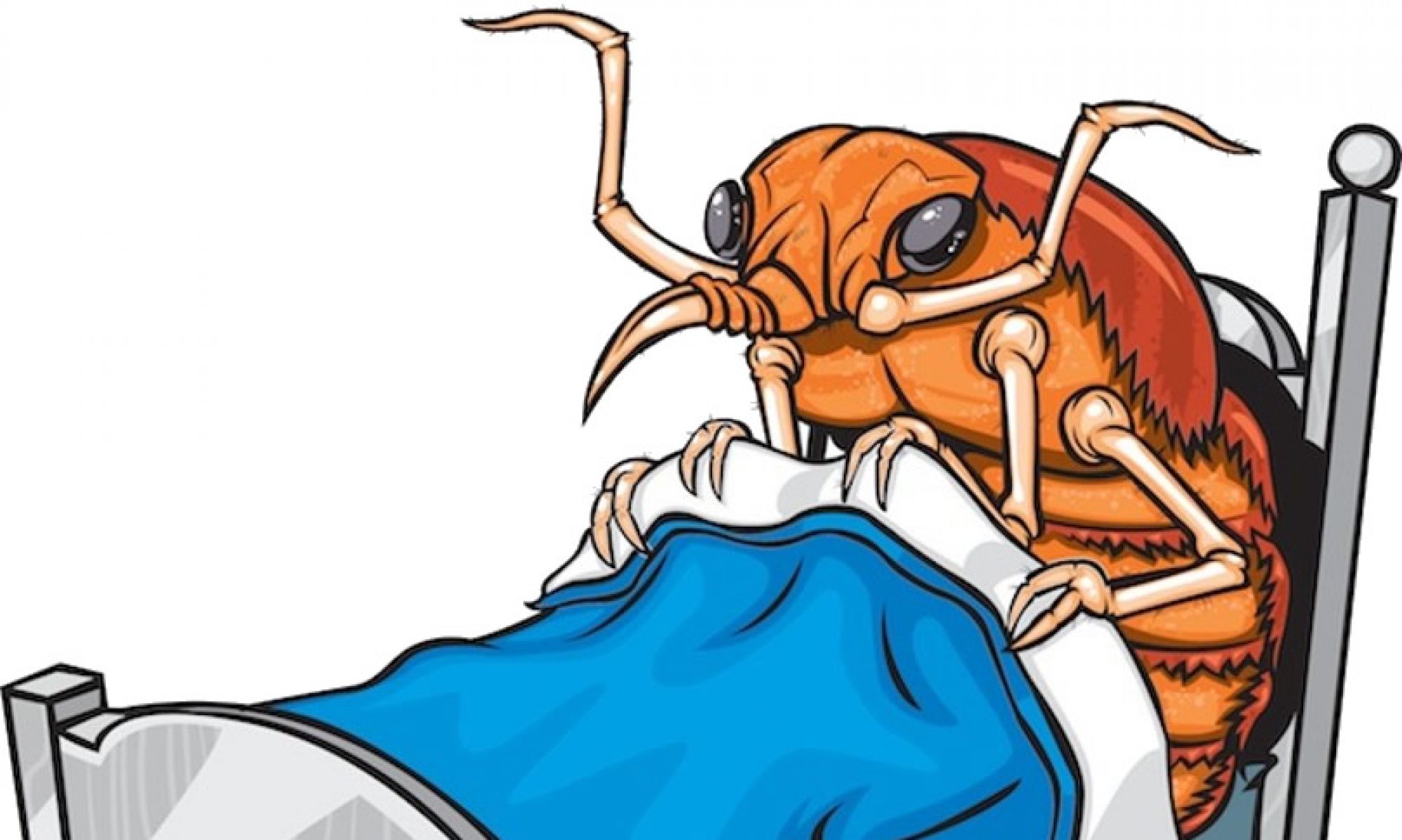 The common bedbug is an insect that feeds on human blood. They are often found near sleeping areas in the seams of mattresses, box springs, cracks and crevices in bed frames, and usually spread to gaps behind baseboards, pictures, wallpaper and electrical outlets. They may hitchhike into a home on used furniture, clothing or other items brought from infested areas.
The common bedbug is an insect that feeds on human blood. They are often found near sleeping areas in the seams of mattresses, box springs, cracks and crevices in bed frames, and usually spread to gaps behind baseboards, pictures, wallpaper and electrical outlets. They may hitchhike into a home on used furniture, clothing or other items brought from infested areas.
Try not to be alarmed if you find out that you have a bedbug bite. Bedbugs are not known to carry diseases, even though allergic reactions are possible. If you have bedbugs, with help, you can eliminate them for good; but the best thing to do is be vigilant in prevention.
There is no magic bullet to use against bedbugs. Once you have identified a bedbug infestation, you will probably require the help of a professional. In order to prevent the spreading of bedbugs to other areas, do not remove any bedding or other items to another room in an effort to relieve yourself of the problem.
This may very well cause the spread of the problem to another area. Do not share clothing or other items that have been in the room with other people. Until the problem is identified and solved, all precautions should be taken to insure that the problem remains isolated so it may be adequately treated and solved.
It normally takes months for a severe infestation to spread to other rooms within the same general area. The probability that it has spread is very minimal. The pest control technicians will be able to evaluate the situation and determine if there is any indication that additional inspection and/or treatment is necessary.
Our treatment plan for the infestation is to perform all treatments with the safety of the resident as the primary concern. We also want to make sure that we have eliminated the problem, but in a safe manner.
- Verify that your pest problem is a bedbug infestation. This will probably involve a visual inspection by a pest control technicians.
- Prior to treatment, remove all bedding from mattresses; gather all linens, clothing, etc. from living space. This includes any textile materials that are machine washable – pillows, mattress covers, etc. Wash bedding and any clothing/fabrics that may have come in contact with bedbugs in HOT water, and dry on high for 30 minutes in the dryer. Wash all other linens and fabrics as directed.
- After washing, place items in storage bins, boxes or high-density polyethylene garbage bags. Seal as much as possible to prevent bedbugs from entering and hiding in the clean fabrics.
- Empty closets in rooms where bugs have been found, or closets in which fabrics, linens, towels, etc. have been stored. The pest control technicians will need access to these spaces.
- Unplug electronic devices in rooms being treated. This will make the area more accessible to the pest control technicians.
- Vacuum floors and carpets, focusing on the nooks and crannies. Steam clean, if possible, floors, rugs (if not machine washable), couch cushions, etc.
- Move objects away from perimeter of rooms. For example, if your sofa or bed is positioned against a wall, pull it away from the wall. The pest control technicians will need access to the perimeter of the rooms where bugs have been found (probably bed rooms, living rooms & studies). Vacuum along the perimeter of the room, if you were unable to before.
- Empty wooden bookshelves, desks, dressers, etc., and remove drawers if possible. Bedbugs can and will seek refuge between the boards of wooden furniture. This may include coffee tables, television stands, bed frames, photo frames, and box springs.
- While this process is taking place (a few hours), you will need to be out of your room. Once you are permitted back in your room, you may bring in your freshly laundered clothing and bedding and un-bag your other items.

